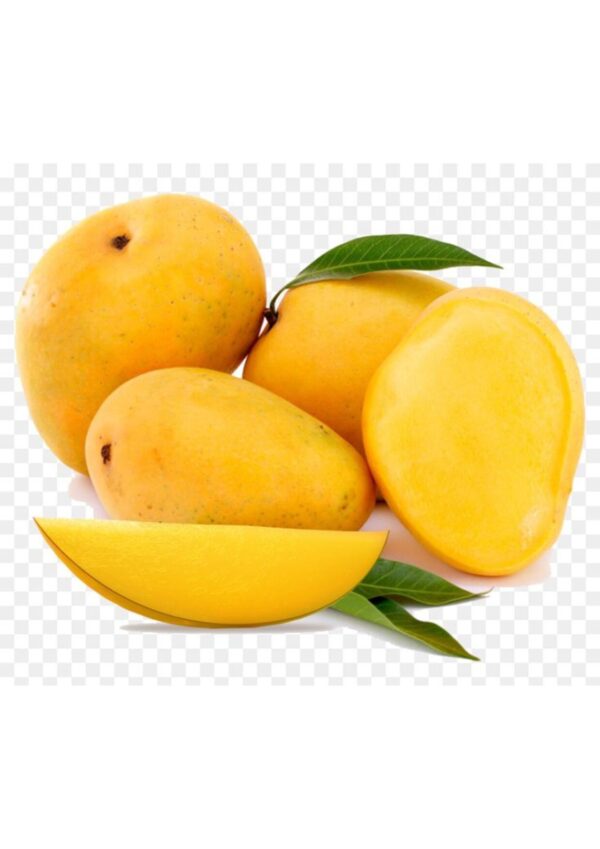Support: +0413 490 1050

Mango
Mango, often referred to as the “King of Fruits,” holds a special place in India’s agricultural and cultural landscape. India is the largest producer of mangoes, contributing to approximately 40.5% of global mango production, with an annual yield of around 15.03 million tonnes.
The demand for Indian mangoes in the international market has seen significant growth over the years. Mango exports from India increased from ₹142 crores in 2006–07 to ₹209 crores in 2010–11, marking an impressive 47% growth. This upward trend reflects the rising global preference for Indian mango varieties, renowned for their rich taste, aroma, and quality.
With quality cultivation practices, improved logistics, and strict adherence to international food safety standards, the Indian mango export industry presents a profitable opportunity for exporters and farmers alike. As global markets continue to expand, India stands poised to further strengthen its position as a leading mango exporter worldwide.
Mango Varieties We Export
India is known globally for its rich diversity of mangoes. As a leading mango exporter, India supplies various premium mango varieties to international markets. The top countries importing mangoes from India include the UAE, Bangladesh, the UK, Saudi Arabia, and Nepal. Below are some of the most popular Indian mango varieties exported worldwide:
Alphonso (Hapus) — Alphonso is widely regarded as the king of mangoes. Available between mid-April and June, it features a rich, creamy, and juicy pulp with non-fibrous texture. The fruit has a golden-yellow skin with a hint of red blush and saffron-colored flesh, offering an exceptional taste.
Kesar — Grown primarily in the foothills of Girnar in Gujarat, Kesar mango is known for its bright orange pulp and distinct aroma. Often referred to as ‘Gir Kesar’, this variety is harvested in early summer and is highly favored for desserts and mango pulp processing.
Pairi — Pairi mangoes are oval-shaped, weighing between 250–450 grams. Known for being fiberless, juicy, and sweet, these mangoes have yellowish–orange pulp and are loved for their fragrance and overall quality.
Totapuri — Totapuri is a large-sized mango variety cultivated in Andhra Pradesh, Karnataka, and Tamil Nadu. It has a distinctive beak–like tip, thick skin, and ranges in color from green to golden yellow. It is ideal for both table consumption and processing.
Neelum — This variety is known for its floral aroma, attractive shape, and unique taste. Grown in Southern India, Neelum mangoes are oblong with a pointed base and are highly sought after in both domestic and export markets.
Langra — Langra, also known as Banarasi Langra, is a Northern India favorite, especially in Varanasi and surrounding regions. It retains a greenish skin even when ripe and offers a soft, aromatic, and juicy pulp, typically available in July.
Dashehari — Dashehari is a signature mango variety from North India. Known for its sweet taste and strong aroma, it is a staple in states like Uttar Pradesh and is believed to be the genetic base of many northern mango varieties.
Rajapuri — Rajapuri mangoes are larger in size and have a smooth skin ranging in colors from yellow to red. Weighing between 500g and 1kg, the smaller fruits are considered sweeter. Its shape is similar to Kesar but more rounded.
Himsagar — Originating from West Bengal, Himsagar mango is a fiberless variety with rich yellow-orange pulp. Medium-sized and weighing between 250–350 grams, it is known for its pleasant aroma and taste.
Chausa (Chaunsa) — Originally from Pakistan and now widely grown in India, Chausa mangoes are golden-yellow, almost fiberless, and known for their aromatic and intensely sweet flavor. They are often enjoyed fresh and in juice form.
INGREDIENTS
| Nutrients | Calories - 99, Dietary Fiber - 2.6 gm, Carbs - 24.7 gm |
| Protein | 1.4 gm |
| Fat | 0.6 gm |
| Vitamin | Vitamin A and C |
| Minerals | Folate, B6, Iron and a little Calcium, Zinc and Vitamin E |





